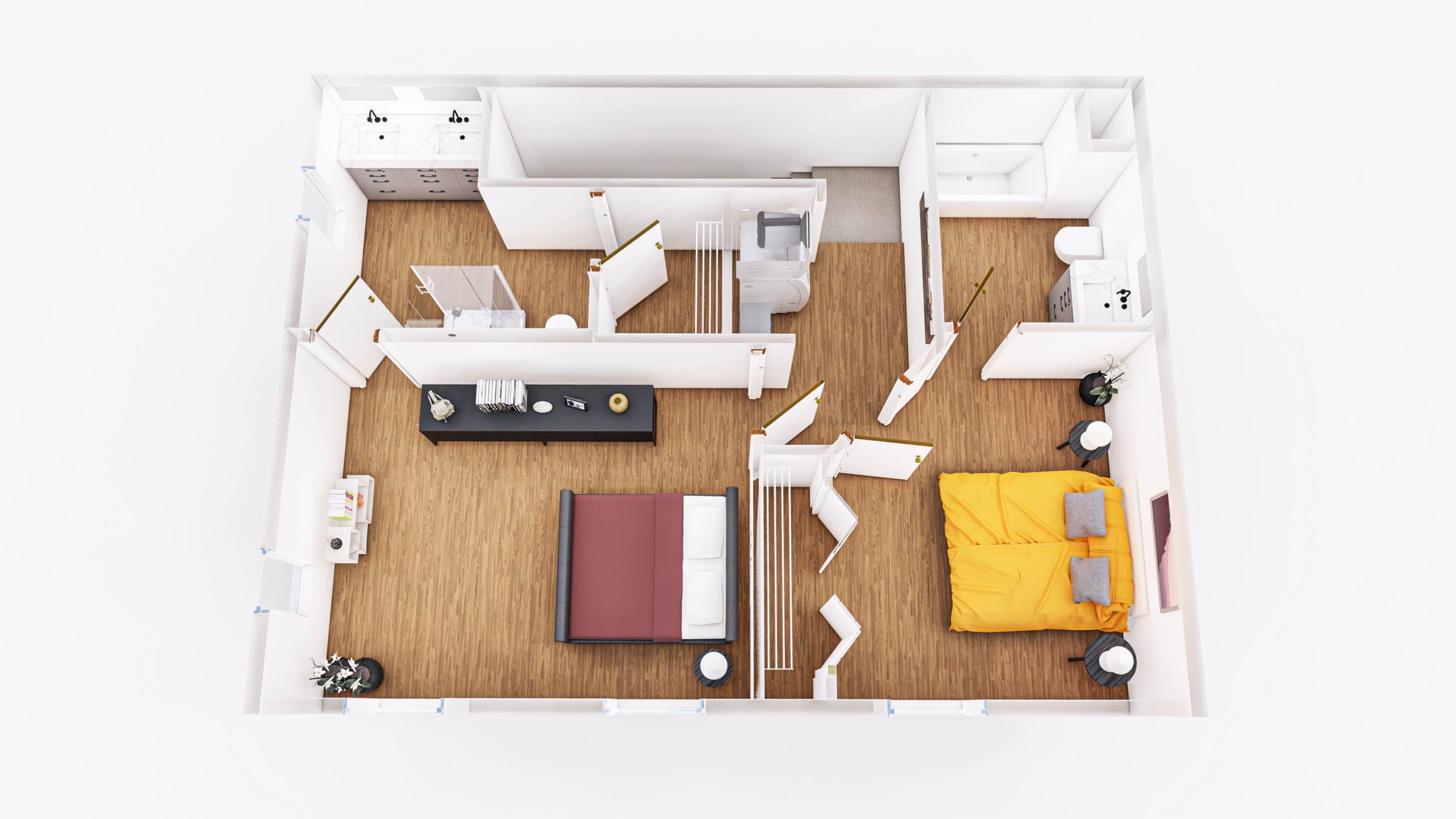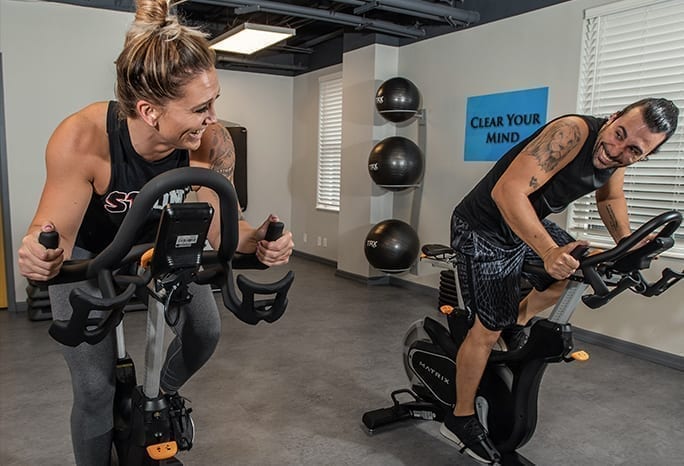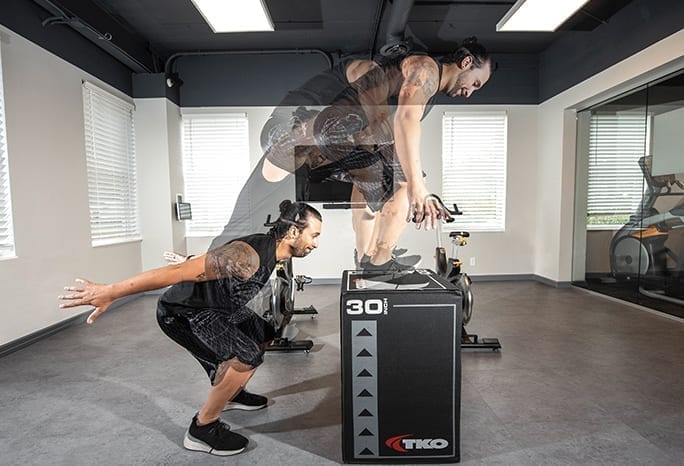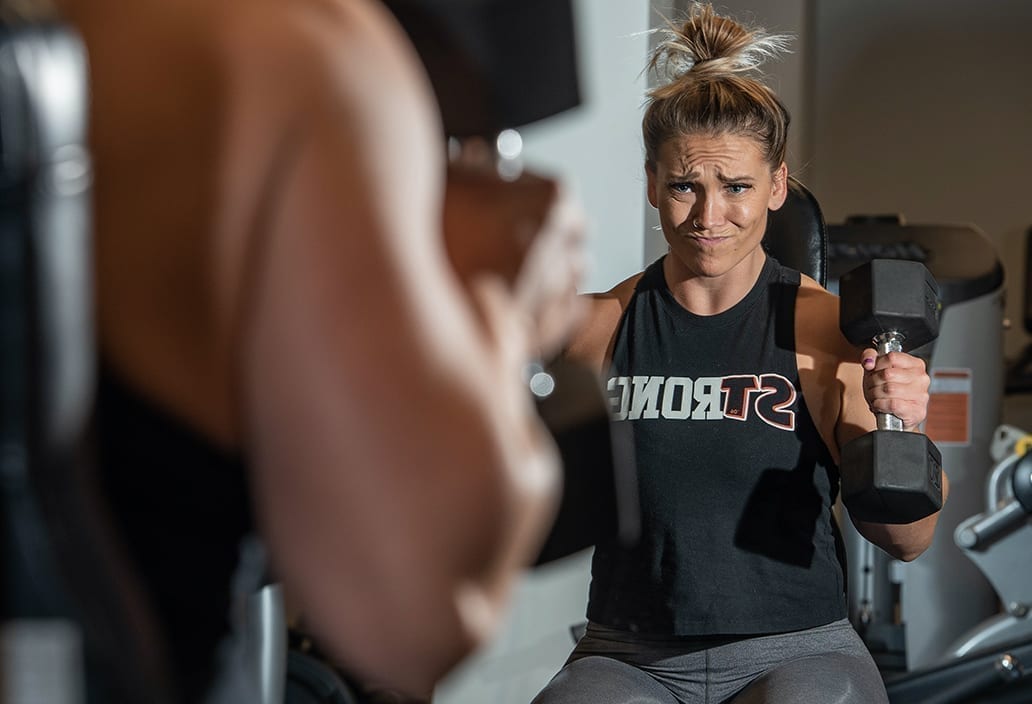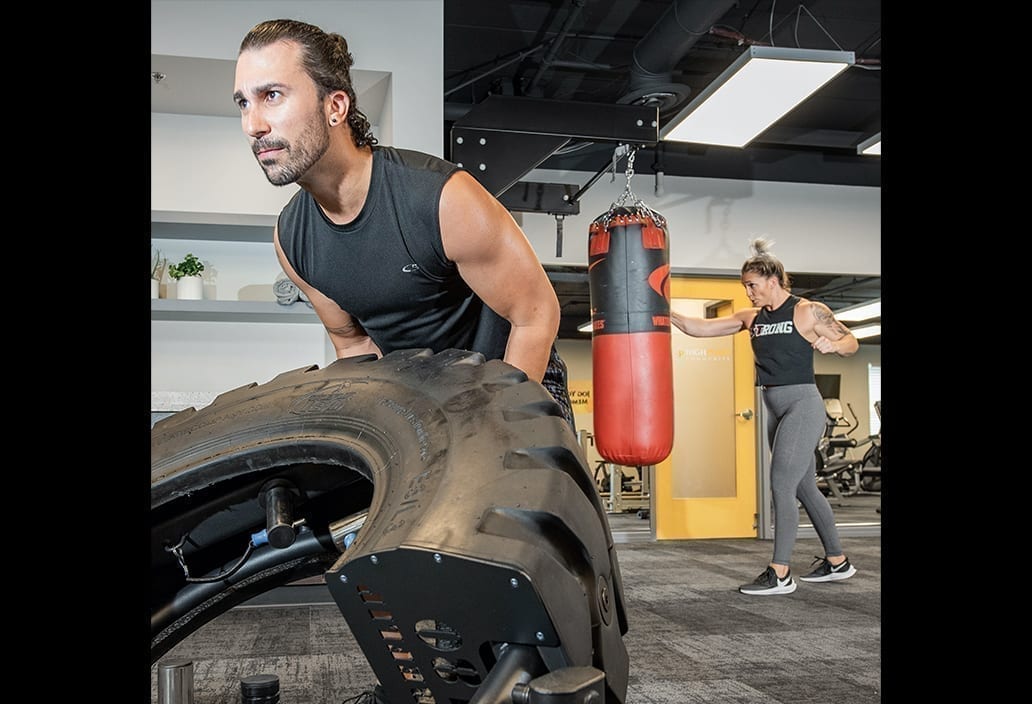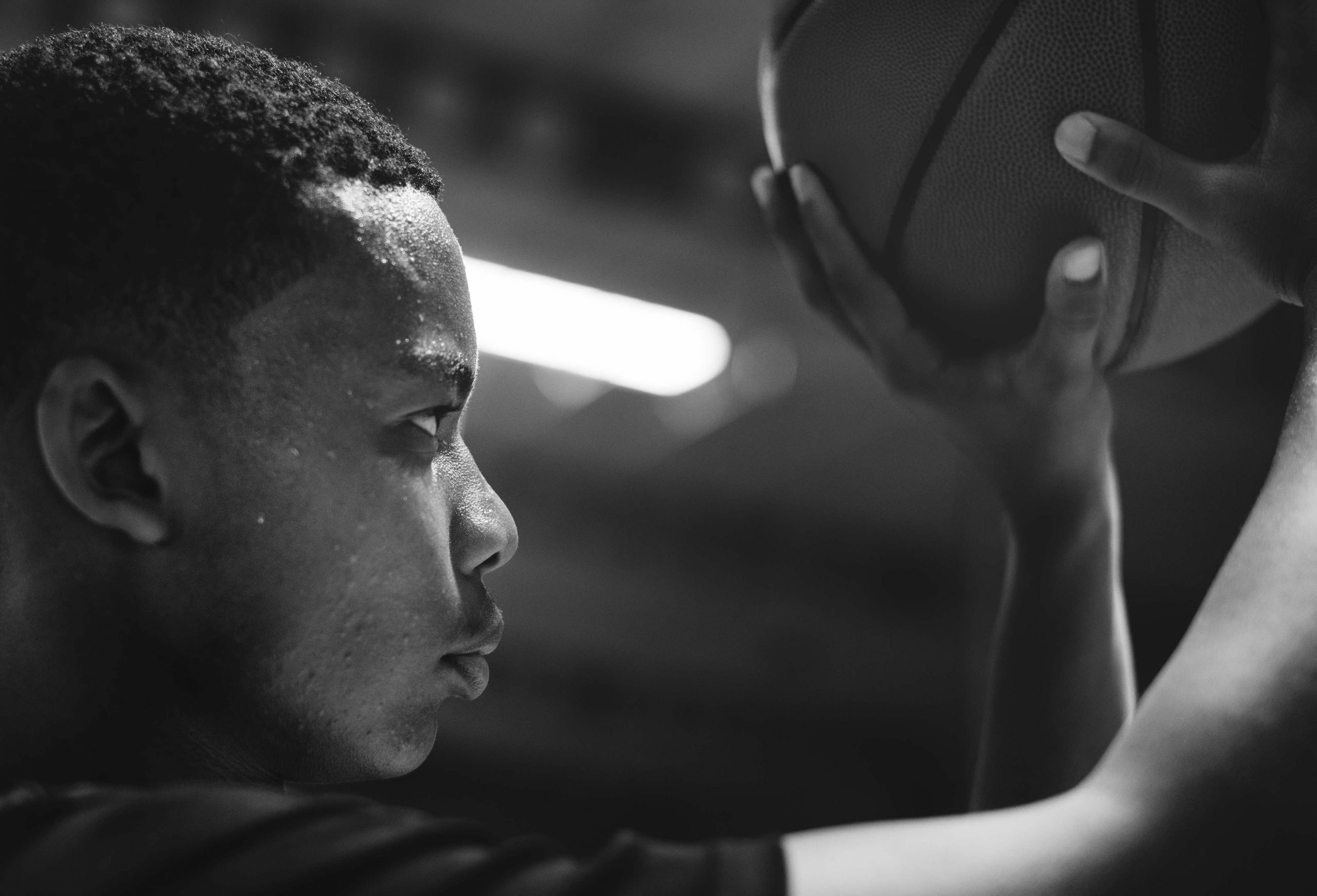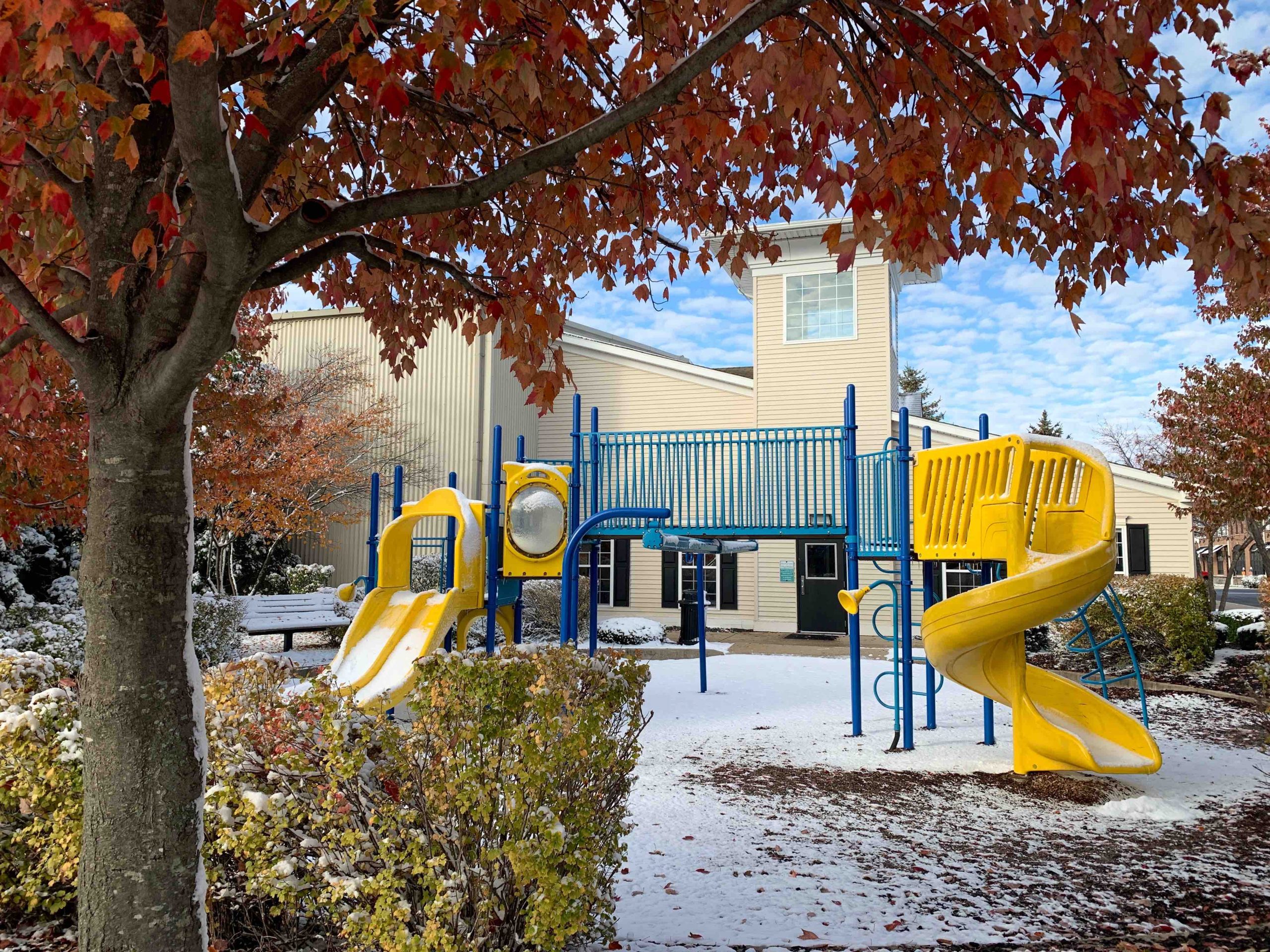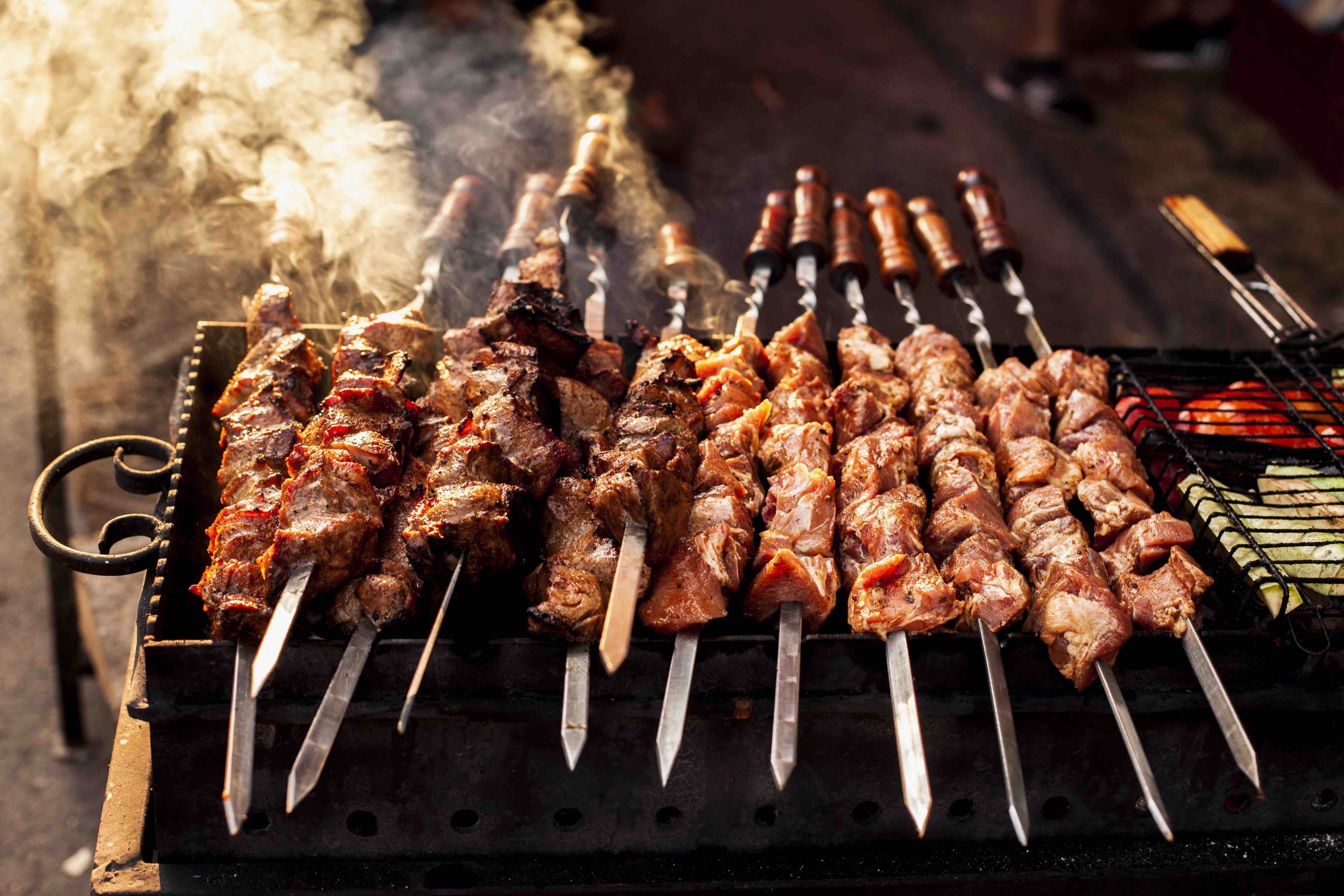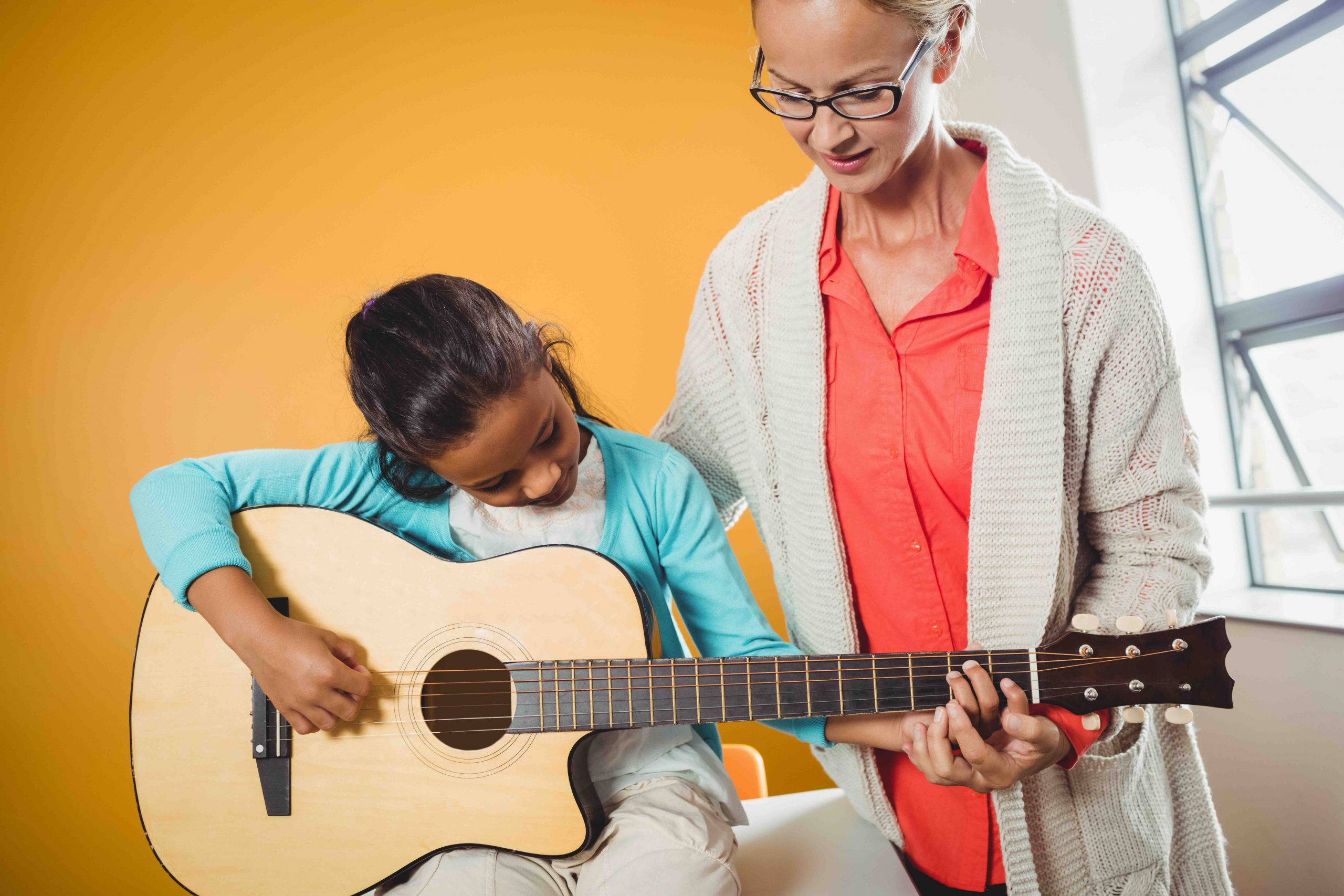With school back in session, you might already find yourself feeling fed up (pun intended) with packing your kid’s school lunches and it’s only just begun. We’re here to tell you that packing a school lunch doesn’t have to be a nightmare!
The trick is to find the right combination of foods that are healthy and what your kids will actually eat. We know it sounds easier said than done and it might even sound impossible but by combining a variety of familiar foods, with other healthy items presented in creative ways, you are more likely to have success.
Start by giving your children choices of foods they would enjoy for lunch by taking them on a grocery shopping trip. Offer different foods for each day of the week. Kids enjoy variety. Involving children in the choices for their school lunches increases the chances they will eat everything you packed.
Pack lunches the night before to limit stress and feeling rushed in the morning as you’re trying to get everyone out the door. When doing your meal planning make sure you think about lunchboxes. Bulk bake and freeze lunchbox items so you’re always stocked up. Pre-cut and pre-portion veggies on Sundays for the week so they are easy to grab.
Having lunchboxes with divided sections allows your kids to easily see everything in their lunchbox, allowing them to eat quicker and prevent them from getting distracted, while having to open multiple containers or bags. To inspire picky eaters you can get creative with your presentation! Cut fresh fruits and veggies into shapes, using cookie cutters and add a variety of colors. Children of all ages are influenced by the shapes in their environment.
It can be difficult when comparing your child’s lunchboxes to all of the glamorous examples all over Pinterest but it’s important to know that there’s a big difference between creating something perfect for content and actually maintaining it throughout our daily lives. That’s why there is no shame in printing out 6 months’ worth of lunchbox notes and storing them in an envelope. Since they are already printed and cut out, you can easily grab them while packing your kid’s lunches. Notes can make lunch fun and encourages early readers!
When packing lunches, it’s also important to consider food safety. Using ice packs or a thermos can keep food from becoming a health risk, by keeping items at the correct temperature. Foods that need to be kept cold include meats, cheese, hard-boiled eggs, most dairy, opened canned foods, and cut melons. Foods such as rice and pasta can also be hazardous if not stored at the correct temperature. Foods that you don’t need to worry about, include whole fruits, crackers, cookies, juice boxes, and packaged puddings.
It’s also important to make a habit out of emptying lunchboxes, of uneaten items, at the end of every day. All potentially dangerous foods will have been in the temperature danger zone for too long, but foods that aren’t potentially dangerous may also have come in contact with bacteria and it isn’t worth the risk.
There are a couple of tricks to help keep your kid’s lunchboxes cool or warm, depending on what you packed. You can freeze yogurt tubes to double as an ice pack and it will be ready to eat by lunch. Grapes are also great to freeze, before throwing it into lunchboxes. They will also thaw by lunchtime, while doubling as an ice pack. If your child only eats their apples sliced, you can keep them from browning by tossing them in apple juice and placing it in a ziplock bag with all the air squeezed out. A thermos is also great for keeping items, such as leftovers warm. You can heat up leftovers from the night before and add it to thermos before school. The food will still be warm at lunchtime.
















